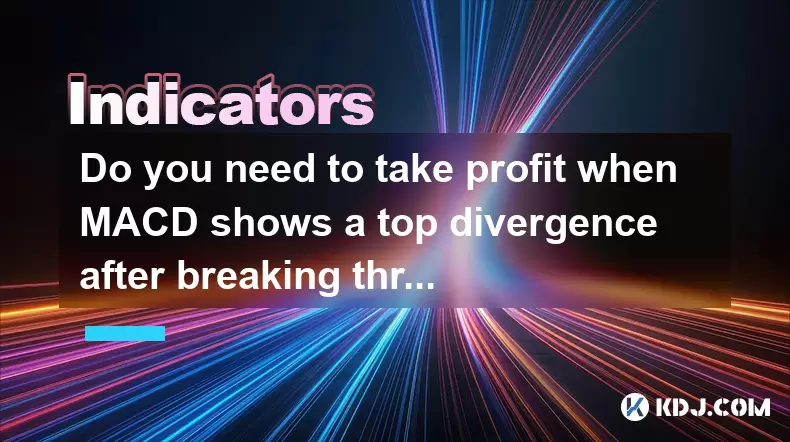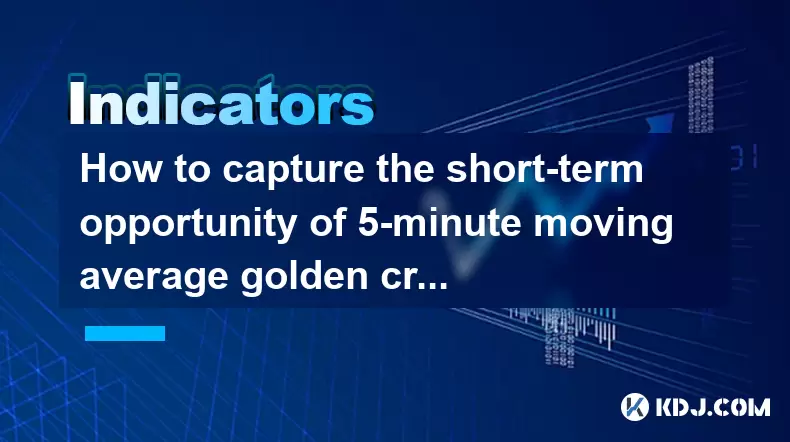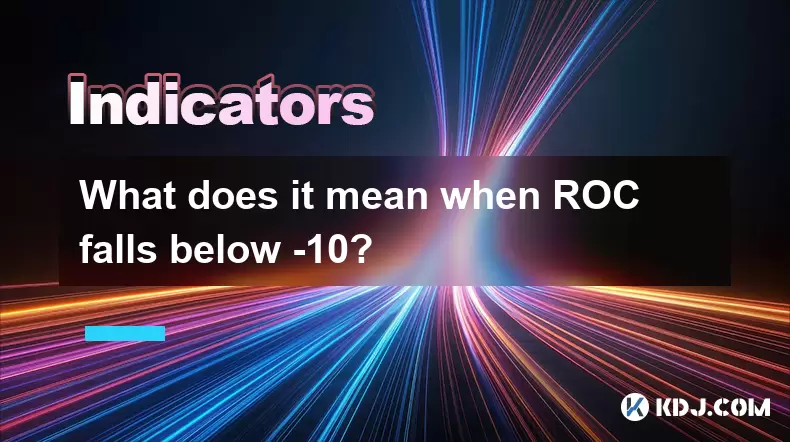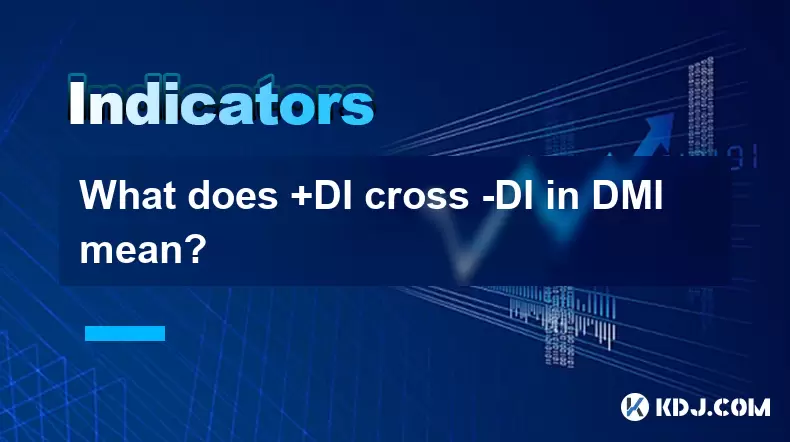-
 Bitcoin
Bitcoin $118900
1.66% -
 Ethereum
Ethereum $3735
1.35% -
 XRP
XRP $3.506
0.71% -
 Tether USDt
Tether USDt $1.000
-0.01% -
 BNB
BNB $799.4
5.78% -
 Solana
Solana $202.0
1.87% -
 USDC
USDC $0.9999
0.00% -
 Dogecoin
Dogecoin $0.2661
1.89% -
 Cardano
Cardano $0.8877
1.59% -
 TRON
TRON $0.3173
2.45% -
 Hyperliquid
Hyperliquid $45.00
2.59% -
 Stellar
Stellar $0.4723
3.40% -
 Sui
Sui $3.970
1.32% -
 Chainlink
Chainlink $19.67
1.94% -
 Hedera
Hedera $0.2710
1.99% -
 Avalanche
Avalanche $25.74
-0.01% -
 Bitcoin Cash
Bitcoin Cash $528.1
1.98% -
 Litecoin
Litecoin $120.1
3.57% -
 Shiba Inu
Shiba Inu $0.00001525
1.26% -
 UNUS SED LEO
UNUS SED LEO $8.989
-0.01% -
 Toncoin
Toncoin $3.304
1.74% -
 Polkadot
Polkadot $4.531
3.38% -
 Uniswap
Uniswap $10.74
2.51% -
 Ethena USDe
Ethena USDe $1.001
0.00% -
 Monero
Monero $325.5
2.44% -
 Pepe
Pepe $0.00001413
1.31% -
 Bitget Token
Bitget Token $4.860
0.85% -
 Dai
Dai $0.9999
0.01% -
 Aave
Aave $307.3
-2.07% -
 Bittensor
Bittensor $448.8
2.91%
Do you need to take profit when MACD shows a top divergence after breaking through the platform with large volume?
A top divergence in MACD after a high-volume crypto breakout signals weakening momentum, prompting traders to consider partial profit-taking or tighter risk management.
Jun 29, 2025 at 12:56 pm

Understanding MACD and Top Divergence
The Moving Average Convergence Divergence (MACD) is a widely used technical indicator in cryptocurrency trading. It helps traders identify potential reversals, trend strength, and momentum shifts. A top divergence occurs when the price makes a higher high, but the MACD fails to confirm it by making a lower high. This often signals weakening momentum and an impending reversal.
In the context of crypto trading, especially with volatile assets like Bitcoin or Ethereum, recognizing top divergence after a breakout can be crucial. When a cryptocurrency breaks out from a consolidation phase with large volume, it may indicate strong buying pressure. However, if this is followed by a top divergence on the MACD, it could suggest that the rally is losing steam.
Important: A top divergence does not guarantee a reversal; it only signals caution.
Breakout Confirmation with Volume Analysis
A breakout happens when the price moves beyond a defined support or resistance level, typically accompanied by increased volume. In cryptocurrency markets, breakouts are often watched closely because they can lead to substantial price movements.
When a coin or token breaks through a platform — which refers to a horizontal consolidation zone — with large volume, it usually indicates institutional or whale participation. However, if the MACD forms a top divergence shortly after this breakout, it raises questions about the sustainability of the move.
- Volume spikes during a breakout should ideally be followed by sustained high volume for confirmation.
- If volume drops after the breakout while the price continues to rise, it might mean that buyers are exhausted.
- Simultaneously, a top divergence in MACD suggests that upward momentum is waning.
This combination of events can serve as a warning sign for traders who entered long positions during the breakout.
Why Traders Consider Taking Profit at This Stage
Cryptocurrency markets are known for their rapid reversals. When a top divergence appears right after a high-volume breakout, experienced traders often consider taking partial profits or tightening stop-losses.
Taking profit doesn't necessarily mean closing the entire position. It can involve selling a portion of holdings to lock in gains while leaving the rest open in case the uptrend resumes. The decision hinges on whether the trader believes the divergence is a temporary pullback or the start of a deeper correction.
- Partial profit-taking allows you to secure some gains without missing potential upside.
- Trailing stops can be adjusted to protect profits dynamically as the price moves.
- Monitoring other indicators like RSI or Stochastic can provide additional confirmation.
This strategy helps manage risk effectively, especially in fast-moving crypto markets where sentiment can change overnight.
How to Analyze the Price Action Alongside MACD
It’s important to look beyond just the MACD and volume. Price action provides critical insights into market psychology. After a high-volume breakout, the first few candlesticks following the move are particularly telling.
If the candles after the breakout show long upper shadows or bearish engulfing patterns, it could indicate rejection at higher levels. Similarly, if the price starts forming lower highs and closes below key moving averages, it reinforces the bearish signal from the MACD divergence.
- Bearish candlestick patterns like shooting stars or dark cloud covers increase the likelihood of a reversal.
- Watch for retests of the breakout level; failure to hold above it confirms weakness.
- Combining these observations with MACD behavior gives a more comprehensive view.
These elements together help determine whether it's prudent to take profit or hold for further gains.
Setting Up Exit Strategies Based on Divergence Signals
Once a top divergence is confirmed, setting up an exit plan becomes essential. There is no one-size-fits-all approach, but several methods can be applied based on individual risk tolerance and trading style.
One effective method is to set a target just before the area where the divergence began. Another is to use dynamic supports such as moving averages or Fibonacci retracement levels to trail exits.
- Fibonacci retracements can help identify logical profit zones after a strong move.
- Placing a stop above the recent swing high ensures protection against false signals.
- Using multiple time frame analysis can refine entry and exit points significantly.
Experienced traders often combine these tools to build a robust framework for managing trades triggered by MACD divergence.
Frequently Asked Questions
Q: Can MACD divergence occur even in a strong uptrend?
Yes, MACD divergence can appear during a strong uptrend. It often reflects temporary exhaustion rather than a full reversal. Traders should assess the broader context before acting.
Q: Is volume always reliable during a breakout?
Not necessarily. Sometimes large volume during a breakout can be manipulated or part of a trap. Always wait for follow-through volume in the next few candles to confirm validity.
Q: Should I close my entire position if I see a top divergence?
No, it’s generally better to reduce exposure gradually. Closing the entire position removes any chance of benefiting if the trend resumes unexpectedly.
Q: Are there alternative indicators that can confirm MACD divergence?
Yes, tools like the Relative Strength Index (RSI), On-Balance Volume (OBV), and price patterns can offer additional confirmation when divergence appears.
Disclaimer:info@kdj.com
The information provided is not trading advice. kdj.com does not assume any responsibility for any investments made based on the information provided in this article. Cryptocurrencies are highly volatile and it is highly recommended that you invest with caution after thorough research!
If you believe that the content used on this website infringes your copyright, please contact us immediately (info@kdj.com) and we will delete it promptly.
- Sui Price, Open Interest, and the $4 Breakout: Will SUI Surge?
- 2025-07-23 22:50:13
- BlockDAG, XRP, and DOT: Riding the Crypto Wave Like a Wall Street Pro
- 2025-07-23 23:10:13
- NFT Penguins Rally: PENGU's Rise and the CryptoBatz Bounce
- 2025-07-23 23:10:13
- Dogecoin's Future: Will the Meme Dream Live On?
- 2025-07-23 22:30:13
- Mara's Bitcoin Bet: Debt, Mining, and Shadow Banking?
- 2025-07-23 22:30:13
- Rick Harrison, Gold Coins, and Pawn Stars: A Deep Dive into the World of High-Stakes Haggling
- 2025-07-23 23:15:12
Related knowledge

How to capture the short-term opportunity of 5-minute moving average golden cross + 1-minute MACD bar line volume?
Jul 23,2025 at 10:29pm
Understanding the 5-Minute Moving Average Golden CrossThe 5-minute moving average golden cross occurs when a short-term moving average, typically the ...

What does it mean when ROC falls below -10?
Jul 23,2025 at 09:29pm
Understanding the Rate of Change (ROC) Indicator in Cryptocurrency TradingThe Rate of Change (ROC) indicator is a momentum oscillator used widely in t...

What does +DI cross -DI in DMI mean?
Jul 23,2025 at 09:49pm
Understanding the DMI Indicator ComponentsThe Directional Movement Index (DMI) is a technical analysis tool developed by J. Welles Wilder to assess th...

Advanced RSI strategies for crypto
Jul 13,2025 at 11:01am
Understanding the Basics of RSI in Cryptocurrency TradingThe Relative Strength Index (RSI) is a momentum oscillator used to measure the speed and chan...

Crypto RSI for day trading
Jul 12,2025 at 11:14am
Understanding RSI in the Context of Cryptocurrency TradingThe Relative Strength Index (RSI) is a momentum oscillator used to measure the speed and cha...

Crypto RSI for scalping
Jul 12,2025 at 11:00pm
Understanding RSI in the Context of Crypto TradingThe Relative Strength Index (RSI) is a momentum oscillator widely used by traders to measure the spe...

How to capture the short-term opportunity of 5-minute moving average golden cross + 1-minute MACD bar line volume?
Jul 23,2025 at 10:29pm
Understanding the 5-Minute Moving Average Golden CrossThe 5-minute moving average golden cross occurs when a short-term moving average, typically the ...

What does it mean when ROC falls below -10?
Jul 23,2025 at 09:29pm
Understanding the Rate of Change (ROC) Indicator in Cryptocurrency TradingThe Rate of Change (ROC) indicator is a momentum oscillator used widely in t...

What does +DI cross -DI in DMI mean?
Jul 23,2025 at 09:49pm
Understanding the DMI Indicator ComponentsThe Directional Movement Index (DMI) is a technical analysis tool developed by J. Welles Wilder to assess th...

Advanced RSI strategies for crypto
Jul 13,2025 at 11:01am
Understanding the Basics of RSI in Cryptocurrency TradingThe Relative Strength Index (RSI) is a momentum oscillator used to measure the speed and chan...

Crypto RSI for day trading
Jul 12,2025 at 11:14am
Understanding RSI in the Context of Cryptocurrency TradingThe Relative Strength Index (RSI) is a momentum oscillator used to measure the speed and cha...

Crypto RSI for scalping
Jul 12,2025 at 11:00pm
Understanding RSI in the Context of Crypto TradingThe Relative Strength Index (RSI) is a momentum oscillator widely used by traders to measure the spe...
See all articles

























































































